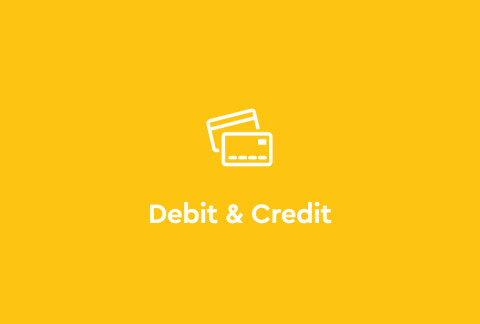Emergency Funds 101: Why Every Young Adult Needs One (And How to Start)

Life comes at you fast. One minute you're coasting along, and the next, your car breaks down, your phone takes a dive into the toilet, or you face an unexpected medical bill. However old you are, now is the perfect time to start preparing for these "what if" moments. Enter: the emergency fund.
Think of it as your financial safety net: it gives you the confidence and security to handle unexpected expenses without wrecking your budget.
So, why do you need one? And how do you get started? Let’s break it down.
Why Every Young Adult Needs an Emergency Fund
An emergency fund is money set aside to cover unexpected expenses that pop up in life. Life is unpredictable—car repairs, doctor visits, or even losing a part-time job can happen at any time. Having savings provides financial security so you don’t need loans or parental help to get by. It also protects your credit score by helping you avoid high-interest credit cards and late payments. Finally, it brings peace of mind, giving you a safety net and less stress about money.
Example: Imagine your car needs $400 in repairs next week. With an emergency fund, you’ve got it covered. Without one? You might swipe your credit card and end up paying way more after interest.
How to Start Building Your Emergency Fund
Building an emergency fund might sound overwhelming, but it’s easier than you think if you take it step by step.
1. Set a Goal
Start with a small target like $500 to $1,000 to build momentum. Breaking it into smaller, manageable milestones can help you stay motivated, and tracking your progress regularly will remind you of how far you’ve come.
2. Build It Into Your Monthly Budget
Treat savings like a recurring bill and prioritize it every month. Look at your monthly budget to find small, consistent amounts to save. Adjusting spending on non-essentials, like subscriptions or dining out, can also free up extra cash for your fund.
3. Automate Your Savings
Set up automatic transfers to your savings account on payday so you don’t have to think about it. Tools or apps that round up purchases and save the difference make saving effortless. Automating removes the temptation to spend the money elsewhere.
4. Cut Back on Non-Essentials
Reducing spending on small extras like takeout or coffee runs can make a big impact. Finding cheaper alternatives for regular purchases helps, too. Put those savings directly into your emergency fund, and you’ll see it grow over time.
Why Credit Cards Should Be Your Last Resort
Relying on credit cards for emergencies might feel like an easy solution, but it’s risky. Credit cards often come with high-interest rates, sometimes 20% or more. If you don’t pay off the balance quickly, the debt can spiral out of control. Carrying high balances and missing payments can also damage your credit score, making future loans or rentals harder to secure. Instead of relying on credit cards, having an emergency fund will act as a buffer and help you avoid these risks altogether.
What to Do If You Don’t Have an Emergency Fund Yet
Don’t panic. If an emergency happens while you’re still building your savings, there are options. First, negotiate or ask for a payment plan to split costs over time where possible. If you have general savings, dip into your savings account but make a plan to replenish it quickly. If you must borrow money, do it wisely—whether using a credit card or small loan, prioritize paying it back as soon as possible to avoid paying high interest. Finally, explore tools like cash advances that can help responsibly in a pinch.
The key takeaway: Have a plan to handle unexpected expenses while you build your savings and avoid falling into debt.
Start Your Emergency Fund Today
An emergency fund isn’t just a nice-to-have—it’s a must for achieving financial security and staying on top of your money. Even if you start small, the important thing is to start now.
Take a look at your monthly budget, find extra savings, and put it into a dedicated savings account. Future you will thank you when an unexpected expense pops up.
Ready to build that safety net? Open your Step account today to kickstart your emergency savings!







